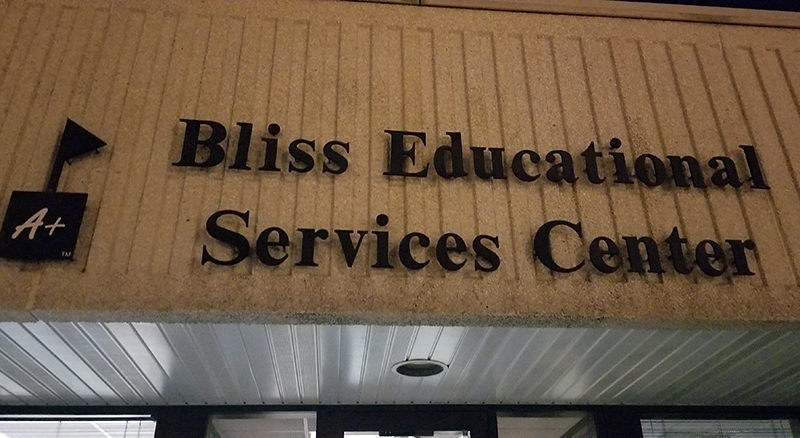School district announces plans for fall return to school
By Patrick Lynn
The Wisconsin Department of Public Instruction on Monday issued guidance for district leaders across the state to reopen schools for the 2020-21 school year.
Called “Education Forward,” the 87-page a guidance document for Wisconsin district and school leaders to use as they plan for a safe, efficient, and equitable return to school for the 2020-21 school year amid the COVID-19 pandemic.
The Stevens Point Area Public School District School Board on Tuesday gave its stamp of approval during a special board meeting to discuss reopening local public schools, in accordance with the guidelines.
Options from the DPI follow:
Four-day week:
- Each student level (elementary, middle, and high school) reports to school, outdoor learning spaces, or community-based organizations four full days a week.
- Schools are closed on the fifth day to allow for deep-cleaning.
- Students are provided with virtual learning materials—digital, analog, or a combination of the two formats—to support learning on those days when they do not report to school for in-person learning.
- All English learners, special education, gifted and talented, and resource teachers work with small groups of students to reduce the student-teacher ratios to 10/1 or fewer in each learning environment.
- Learning in outdoor spaces or partnerships with community-based organizations may be needed to keep student-teacher ratios to 10/1 or fewer.
- One day per week is used for teacher planning and professional learning. On this day, students do not report to school but virtual learning continues.
Two-day rotation:
- All students report to school, outdoor learning spaces, or community-based organizations two full days per week (Monday/Tuesday or Thursday/Friday).
- Students are provided with virtual learning materials —digital, analog, or a combination of the two formats— to support learning on those days when they do not report to school for in-person learning.
- All English learners, special education, gifted and talented, and resource teachers work with small groups of students to reduce the student-teacher ratios to 10/1 or fewer in each learning environment.
- Learning in outdoor spaces or partnerships with community-based organizations may be needed to keep student-teacher ratios to 10/1 or fewer.
- One day per week is used for teacher planning and professional learning. On this day, students do not report to school but virtual learning continues.
A/B Week Rotation:
- Half of the student population reports to school, outdoor learning spaces, or community-based organizations four full days per week for in-person learning while the other half of the school population participates in virtual learning at home. The two student groups alternate between in-person and virtual learning weekly. All grade bands are included.
- Students are provided with virtual learning materials—digital, analog, or a combination of the two formats—to support learning on those days when they do not report to school for in-person learning.
- All English learners, special education, gifted and talented, and resource teachers work with small groups of students to reduce the student-teacher ratios to 10/1 or fewer in each learning environment.
- Learning in outdoor spaces or partnerships with community-based organizations may be needed to keep student-teacher ratios to 10/1 or fewer.
- One day per week is used for teacher planning and professional learning. Students do not report to school on these days but continue learning independently.
Elementary face-to-face and secondary virtual learning:
- Elementary students start back to school first, before other levels.
- Elementary students attend four full days per week and are distributed across multiple sites (e.g., elementary and middle school buildings) to reduce the student-teacher ratio in accordance with physical distancing recommendations.
- Secondary students continue to engage in virtual learning.
- Students are provided with virtual learning materials—digital, analog, or a combination of the two formats—to support learning on those days when they do not report to school for in-person learning.
- All English learners, special education, gifted and talented, and resource teachers work with small groups of students to reduce the student-teacher ratios to 10/1 or fewer in each learning environment. Learning in outdoor spaces or partnerships with community-based organizations may be needed to keep student-teacher ratios to 10/1 or fewer.
- One day per week is used for teacher planning and professional learning. Students do not report to school on these days but continue learning independently.
Any plans put into place will be fluid and subject to changing conditions, Superintendent Craig Gerlach said.
“There are still unknowns; shame on us if conditions allow us to return to school in the fall and we aren’t prepared,” he said.


